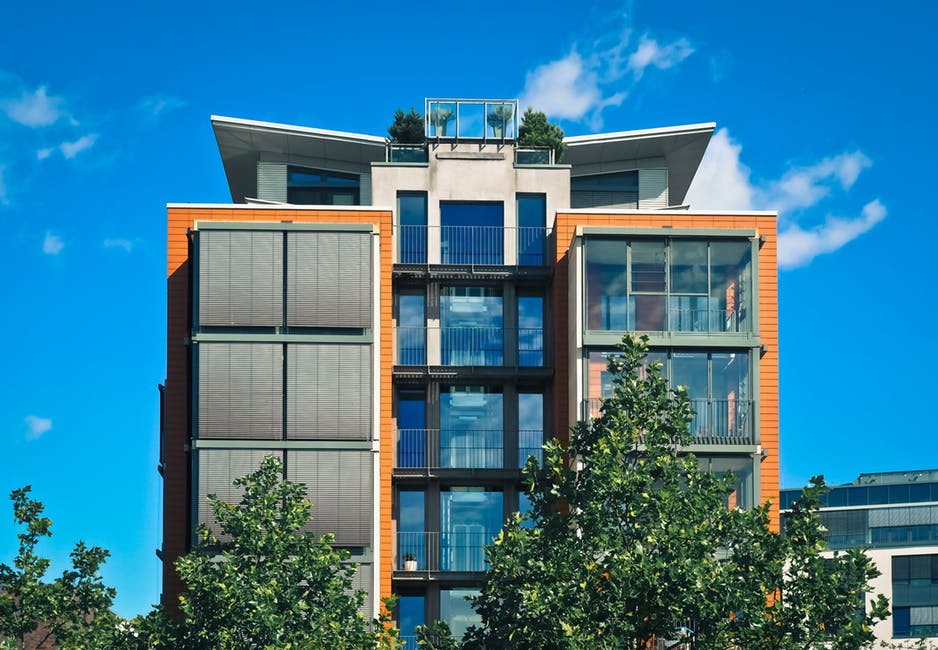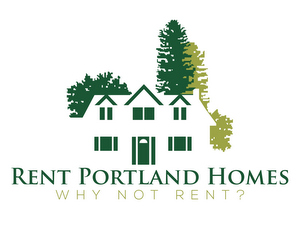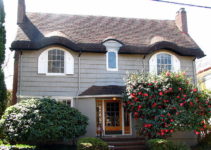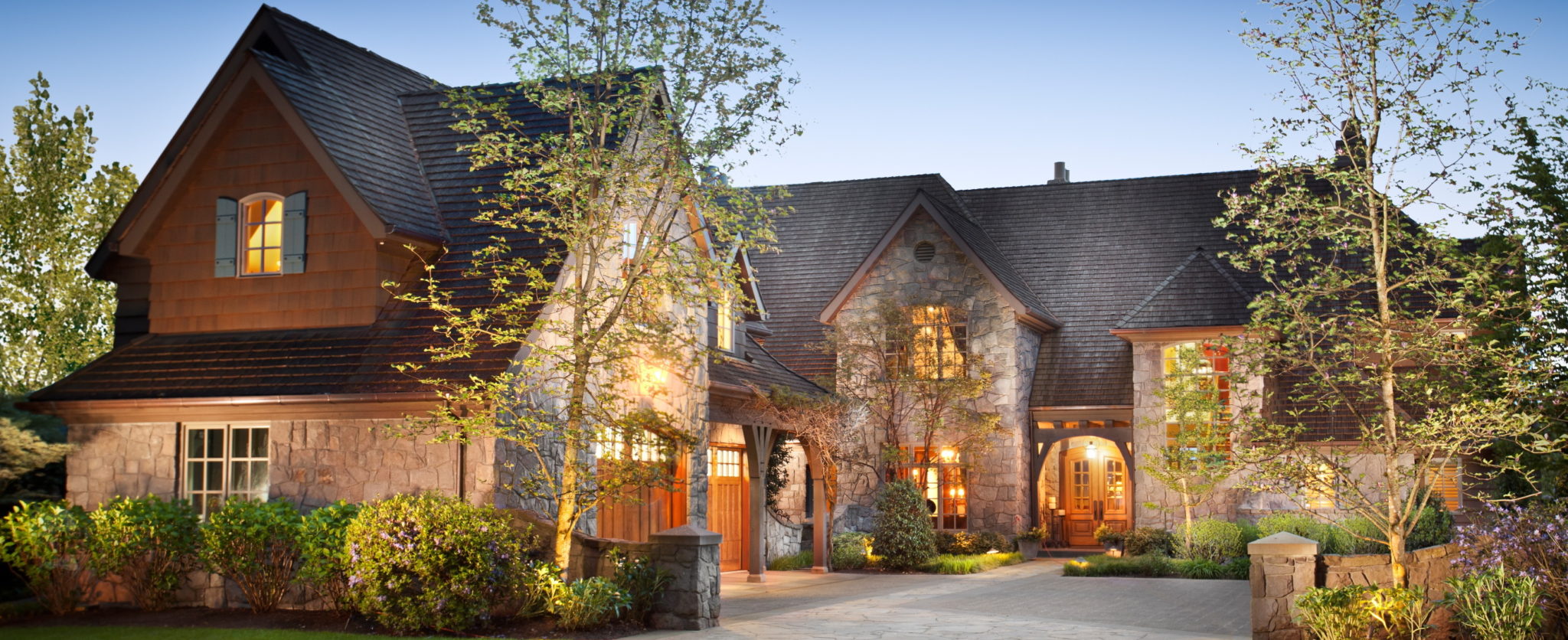Are you planning on investing in multifamily Real Estate in Portland Oregon or elsewhere in the United States and are wondering what the multifamily market is going to look like for the remainder of 2017, and what 2018 will hold as well?
In this article, we will provide you with information on the multi-family rental property market, what our forecast is for the remainder of 2017, and insight into what you can expect for 2018.
About The 2017 Multi-Family Rental Market
As many economic analysts and investors predicted it would, the multifamily market remained strong in the first half of this year, continuing its cyclical peak.
Vacancy rates in many cities started to increase upward due to new supply entering the market while rent growth picked up following a brief slowdown at the end of 2016.
In several big cities including San Francisco, Los Angeles, and New York City we saw slower than normal rent growth compared to what the overall market experienced, but the good news is that in spite of the slowing, rent growth is expected to continue at better than pre-recession levels.
Class A Rental Properties
Right now, we currently have an oversupply of Class A multi-family Portland Oregon rental properties in the United States so when you factor in that over-supply, with a drop-in demand for Class A rentals, this means that it’s gotten harder for owners of Class A multi-family property to rent them.
Thanks to a recent article from The Wall Street Journal, we know that construction of multi-family, luxury apartment buildings in the United States has reached a peak and there currently is an oversupply of Class A rentals on the market today.
Moving into 2018, owners of Class A rental properties in some areas can expect to have higher than normal vacancy rates.
With an oversupply of Class, A rental properties, these rentals are becoming less profitable for investors and many investors are turning their attention to investing in class B and C Rental Properties.
Class B and C Rentals Will Dominate 2018
In 2017-2018, class B and C rental properties are expected to continue to attract a wide demographic of renters across the United States.
These days everyone from retirees to Millennials is thinking about renting or investing in these types of rentals. Why? Class B and C Rental properties are often easier to invest in than Class A rentals and also easier to raise the rent.
Class B and C Rental properties have also become very attractive for overseas investors from countries like China, Mexico, and Canada who are eager to invest in still affordable United States multi-family rental properties.
Activity from overseas investors is expected to continue in 2018. This is good news for the U.S. Real Estate market especially since it’s seen some fluctuations this year due to a new President of the United States and the Fed’s desire to raise mortgage interest rates.
Thanks to recent data from National Real Estate Investor we know that foreign investors have invested over $20 BILLION dollars in apartment communities in the United States since 2015 and that’s only expected to continue into 2018 as Class B and C rentals are expected to remain the “darling” of Real Estate investors worldwide.
Another factor that is enticing more foreign investors to the United States is our pro-deregulation President who also has a strong real estate background. President Trump knows that the economy is tied to the rental market and this means we can expect steady growth to continue, even though it might be slower growth than some analysts had anticipated.
Many economic analysts know that the state of the multifamily rental market changed in 2016 when it hit it a peak and now some insiders, including the Dodge report, have predicted that multifamily housing starts are expected to retreat by roughly 8% in overall dollar volume or 450,000 units in 2018.
Tips For Getting More ROI From Your Multifamily Rentals
Do you own a Class B or C multi-family rental property in the United States? If so, you can enjoy a significant return on investment simply by making small improvements to your rental property on a regular basis.
Some of the improvements that you should consider making to your multi-family rental property include: adding a communal clubhouse, dog park, community events, workout area and doing more overall to create a “community” feel at your rental which will make tenants want to rent from you for years to come.
Millennials Continue To Lead The Rental Market
As stated earlier in this article, one of the key groups that will continue leading the rental market in 2018 and beyond is Millennials.
Thanks to recent economic data we know that home ownership among Millennials is becoming less and less of a priority than it was for the previous generation.
Why?
More Millennials prefer to hold off on purchasing homes in favor of paying for experiences like buying or leasing new cars, going on vacation, or experiencing events that their parents were unable to experience.
It’s no secret that more Millennials want to have lives and are acutely focused on having a work-life balance.
Recent data from companies like Eventbrite shows us that roughly three out of four Millennials (70%) see their lifestyle as important and are willing to put off owning a home compared to their parents, and grandparents before them who saw home ownership as a sign that they had “made it” in the world.
In 2018, the number of Millennials in the United States who will have reached the prime renting age will be over 2 million and this figure expected to surpass 70 million within the next 7 to 10 years.
What does this mean to you? The answer is simple if you’ve been thinking about adding more multi-family rental properties to your Investment Portfolio, or you’ve been considering investing in Class B and C multifamily for the first time, now is the perfect time for you to take advantage of the huge demand for multi-family rental properties.
Get Property Management Here
To get started with professional property management for your multifamily rental property contact Property Management Systems today by calling us at (503) 515-3170 or click here to connect with us online.






